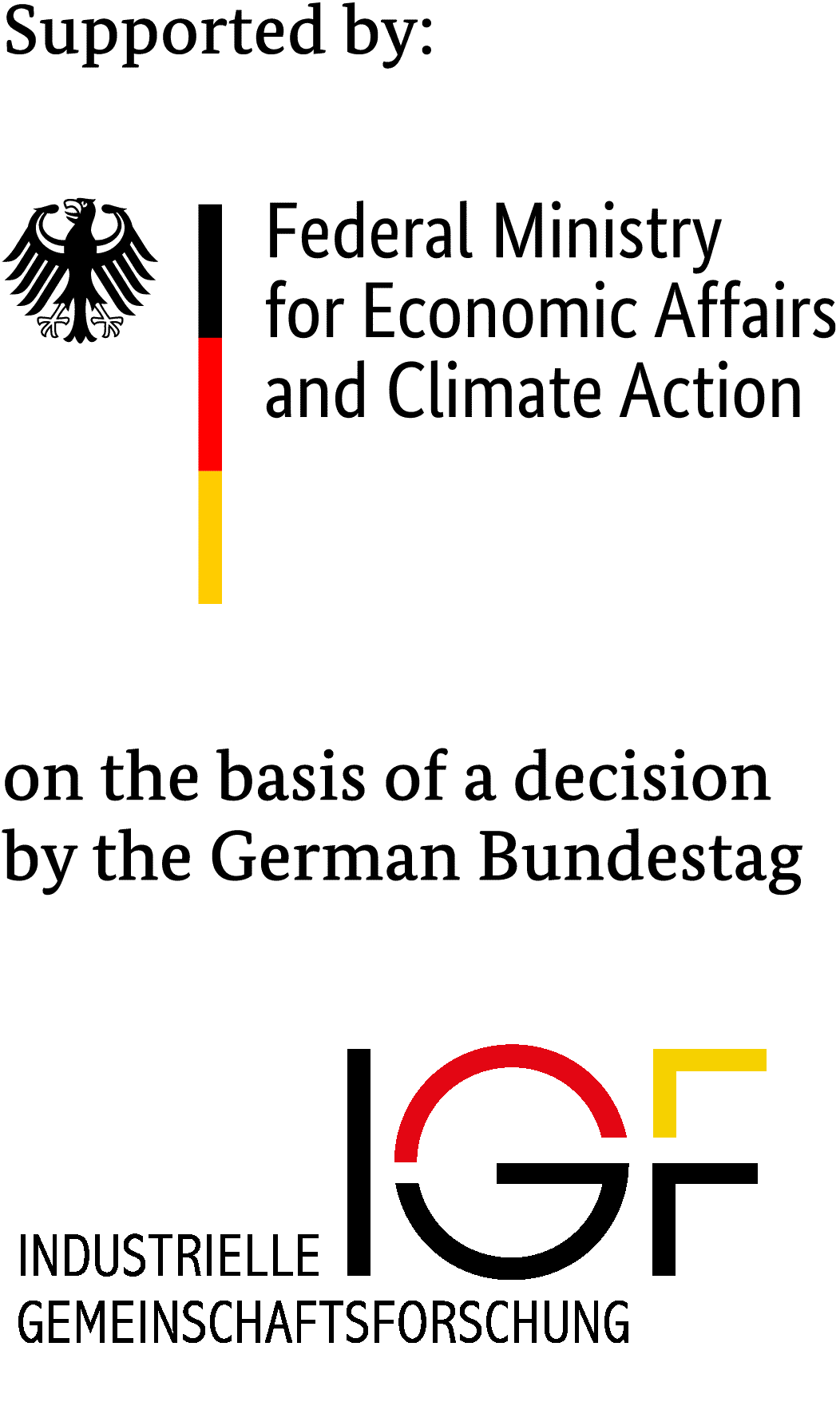Introduction
On average, around 46% of mineral construction and demolition waste is recycled in the EU member states, although there are significant differences between the individual countries. The Waste Framework Directive (2008/98/EC) requires a recycling quota of 70% by 2020. Over the last decades, extensive research on recycled aggregates was carried out and implemented in national and international standards. Up to now, the use of the fine recycled aggregates (fine fraction 0-2 mm) in concrete is not allowed according to EN 206, so that these fractions (up to 50% of the processed recycled aggregates) are in practice used for landfill. The use of these fines as cement constituents was regulated in DIN EN 197-6 during the project.
Work packages
The project partners SMG (Austria), CRIC (Belgium) and VDZ used laboratory materials and recycled concrete fines from concrete recycling plants. The practical mixtures consisted mainly of crushed concrete of the fractions 0/2 and 0/4 mm. The recycled fines contained cement paste, fine aggregate and in some cases small amounts of bricks. After grinding to finenesses of approx. 4500 cm²/g according to Blaine, e.g. CEM II/A-F and CEM II/B-F cements were produced in compositions according to draft EN 197-6. The heat of hydration, the strength development in the mortar, the fresh concrete properties, mechanical properties and durability parameters of concretes were investigated comparatively to CEM I, CEM II/A-LL and CEM II/B-LL.
Carbonation depths, scaling in freeze-thaw tests and chloride penetration depths of the mortars and concretes with CEM II/A-F and CEM II/B-F were in each case between the values with CEM I and CEM II/B-LL. Investigations into the leaching behaviour also showed no conspicuous results. The application of cements with recycled concrete fines "F" should therefore be possible in many cases analogous to the application of Portland limestone cements.

